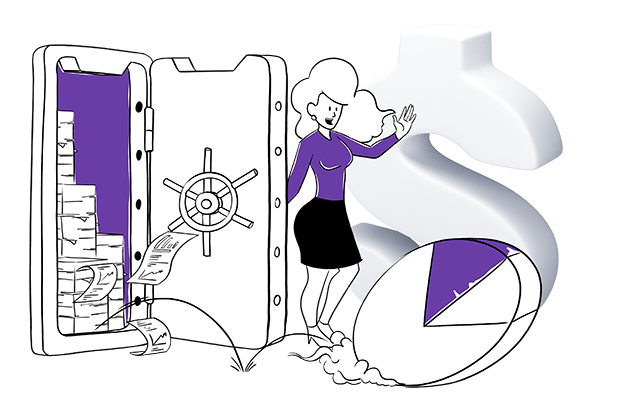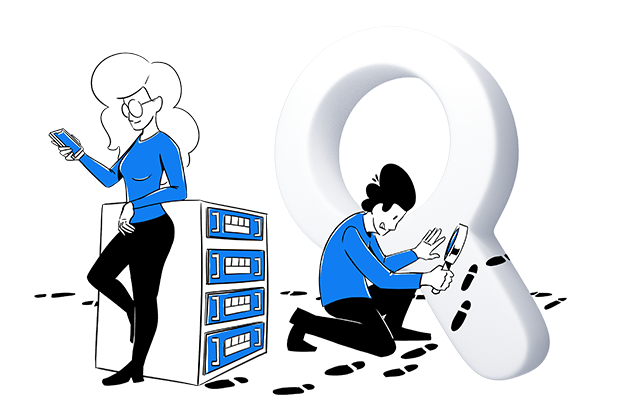Multi-channel attribution is a subset of marketing attribution. It’s a marketing measurement method that evaluates each channel’s impact on driving conversion.
What is attribution?
A conversion is attributed to individual clicks, ads, and factors along the user’s conversion path. Attributions have two models:
- Rule-based attribution – Conversion credit is divided between the relevant touchpoints in rule-based models. Attribution can be single-touch or multi-touch.
- Data-driven attribution – The goal is to determine how many conversions and visitor journeys contributed to a sale. Consequently, the resulting model can differ significantly from simple rules-based approaches.
What is multi-channel attribution?
Attribution helps us understand which touchpoints in the conversion path play a significant role. The point is to avoid uncertainty and credit the proper sources.
In multi-touch attribution, numerous touchpoints with a product or service are acknowledged before a decision is made to buy. Multi-channel attribution divides purchase credit among multiple touchpoints. While there are several models, each assigns a weight to the various touchpoints, giving various values to different engagement points. Multi-channel models inform how different channels impact conversions throughout the journey.
Here are the most common multi-channel attribution models:
- Time decay: This gives credit based on the time between interactions. It credits each touchpoint, but the closer it is to a final transaction or achievement of a goal, the more credit it receives.
- Position-based: This model credits particular steps on the conversion path, typically first and last. It attributes X% of credit to the first touch, Y% to the final touch, and Z% to all touchpoints.
- Linear: A model that assigns equal credit across each step of the conversion path. Success is equally attributed to each referrer and visit. So three touchpoints – say Google Ads, Google organic search, and a direct visit – would see each touchpoint getting one-third of the credit before a conversion.
You may also like:
Google Analytics and multi-channel attribution Google Analytics alternatives – free and paid Piwik PRO vs. Universal Analytics & Google Analytics 4








